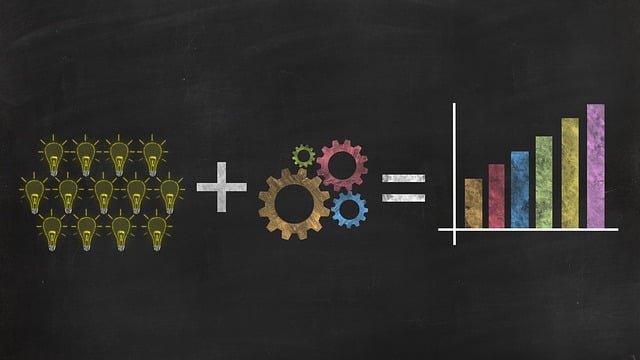Adopting AI systems for truck repair boosts efficiency by automating tasks like diagnostic scanning and inventory management, freeing up technicians' time and reducing errors. This technology analyzes data to predict issues, enhance diagnostic accuracy, and optimize scheduling, leading to improved productivity, better resource management, and higher customer satisfaction. Implementing AI involves assessing current operations, evaluating industry-specific solutions, pilot testing, and gradually expanding its use. Strategically integrating AI systems revolutionizes truck repair workflows, cuts costs, and elevates service quality.
In today’s digital era, AI growth strategies are transforming industries, particularly in trucking. This article explores how AI systems can boost truck repair shop productivity by optimizing processes and driving significant cost savings. We’ll delve into the essential roles of AI in streamlining operations, from predictive maintenance to efficient parts management. Additionally, we provide a step-by-step guide for implementing these innovative solutions, offering valuable insights for shops looking to stay competitive and enhance their services.
- Understanding AI's Role in Optimizing Truck Repair Processes
- Implementing AI Systems: A Step-by-Step Guide for Shops
- Leveraging AI for Enhanced Efficiency and Cost Savings
Understanding AI's Role in Optimizing Truck Repair Processes

In today’s digital era, embracing AI systems for boosting truck repair productivity is a game-changer for any automotive shop. Artificial Intelligence offers an array of opportunities to optimize and streamline processes, ensuring efficient and effective repairs. By implementing AI, truck repair shops can automate routine tasks, such as diagnostic scanning and parts inventory management, freeing up technicians’ time for more complex work.
These systems can analyze vast amounts of data, identify patterns in common repair issues, and even predict potential problems, leading to faster turnaround times. AI-powered tools enhance accuracy and consistency in diagnostics, reducing human error and the need for re-repairs. Consequently, shops can improve overall productivity, better manage resources, and ultimately provide superior customer service by delivering quicker and more reliable truck repairs.
Implementing AI Systems: A Step-by-Step Guide for Shops

Implementing AI Systems: A Step-by-Step Guide for Shops
The first step in integrating AI systems to boost truck repair productivity is to assess your shop’s current processes and pain points. Identify areas where manual tasks are time-consuming, such as diagnostic procedures or inventory management. This will help you pinpoint the specific functions that can benefit most from AI automation. Next, evaluate available AI solutions tailored for the trucking industry. Look for tools offering features like predictive maintenance, natural language processing for troubleshooting guides, and automated scheduling to streamline operations.
Once you’ve selected suitable AI tools, begin by pilot testing them on a small scale. Start with non-critical tasks to allow for adjustments and ensure the systems are accurately trained on your data. As accuracy improves, gradually expand AI implementation across different departments. Regularly review performance metrics post-adoption to measure improvements in productivity and identify any potential issues early on. This iterative approach ensures a smooth transition, allowing you to fine-tune your AI systems for optimal truck repair shop efficiency.
Leveraging AI for Enhanced Efficiency and Cost Savings

Leveraging AI can significantly transform truck repair shops, boosting productivity and cutting costs. AI systems can automate routine tasks such as diagnostics, parts identification, and inventory management, freeing up technicians to focus on more complex repairs and increasing overall efficiency. By analyzing vast amounts of data from previous repairs, AI algorithms can predict common issues, suggest optimal solutions, and even recommend preventive measures, reducing the time spent troubleshooting.
These intelligent systems can also optimize scheduling, minimizing downtime by efficiently allocating resources. Moreover, AI-driven maintenance predictions can help shops stay ahead of schedule, avoiding costly emergency repairs. In essence, integrating AI into truck repair operations is a strategic move that promises to streamline workflows, reduce operational costs, and enhance the overall quality of service.
AI has the potential to revolutionize truck repair shops by significantly enhancing efficiency and productivity. By understanding its role in optimizing processes, implementing AI systems in a structured manner, and leveraging its capabilities for cost savings, repair shops can stay competitive in today’s digital era. Adopting AI strategies is not just a game changer but a necessity for boosting truck repair productivity and ensuring a smoother, more profitable future.
